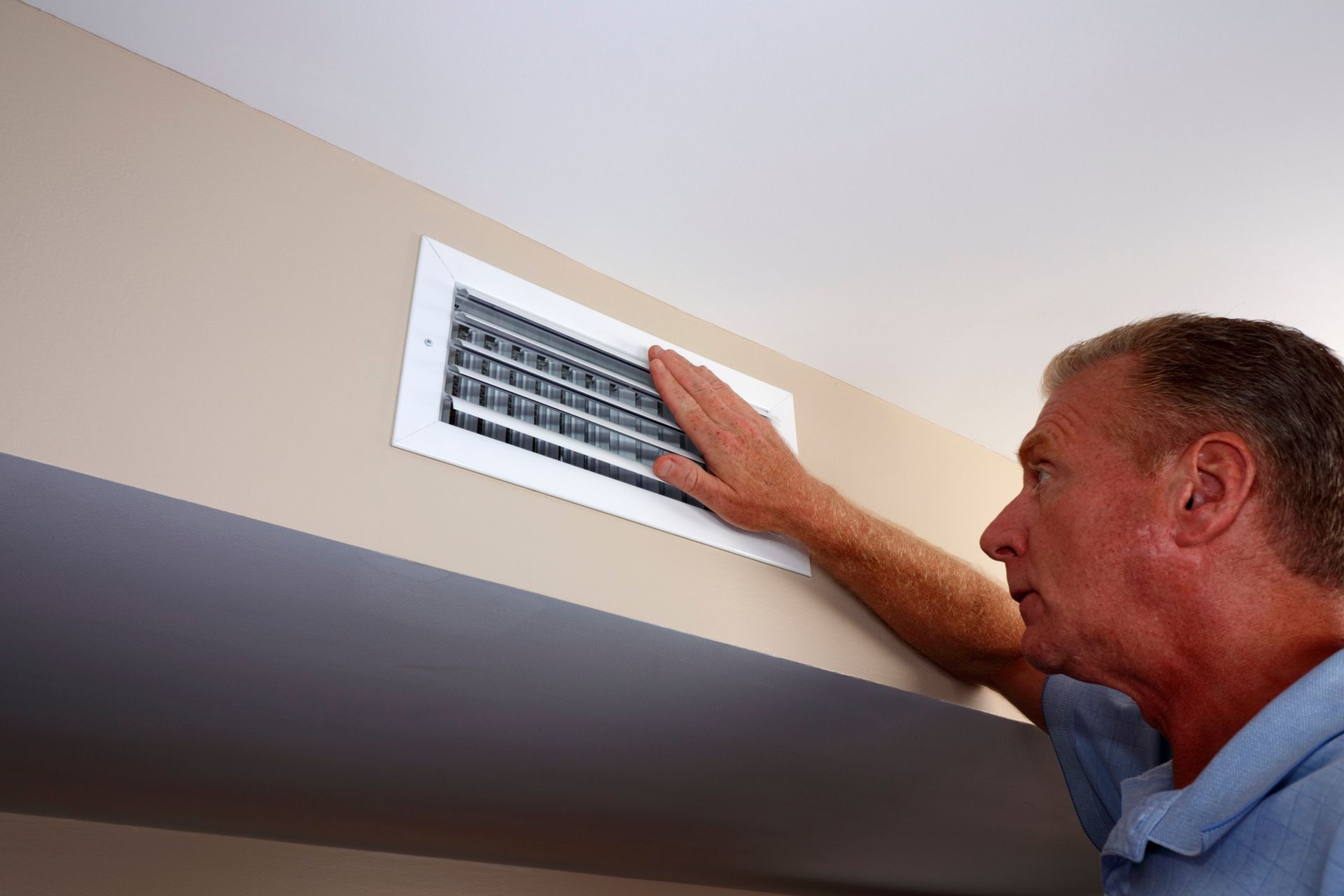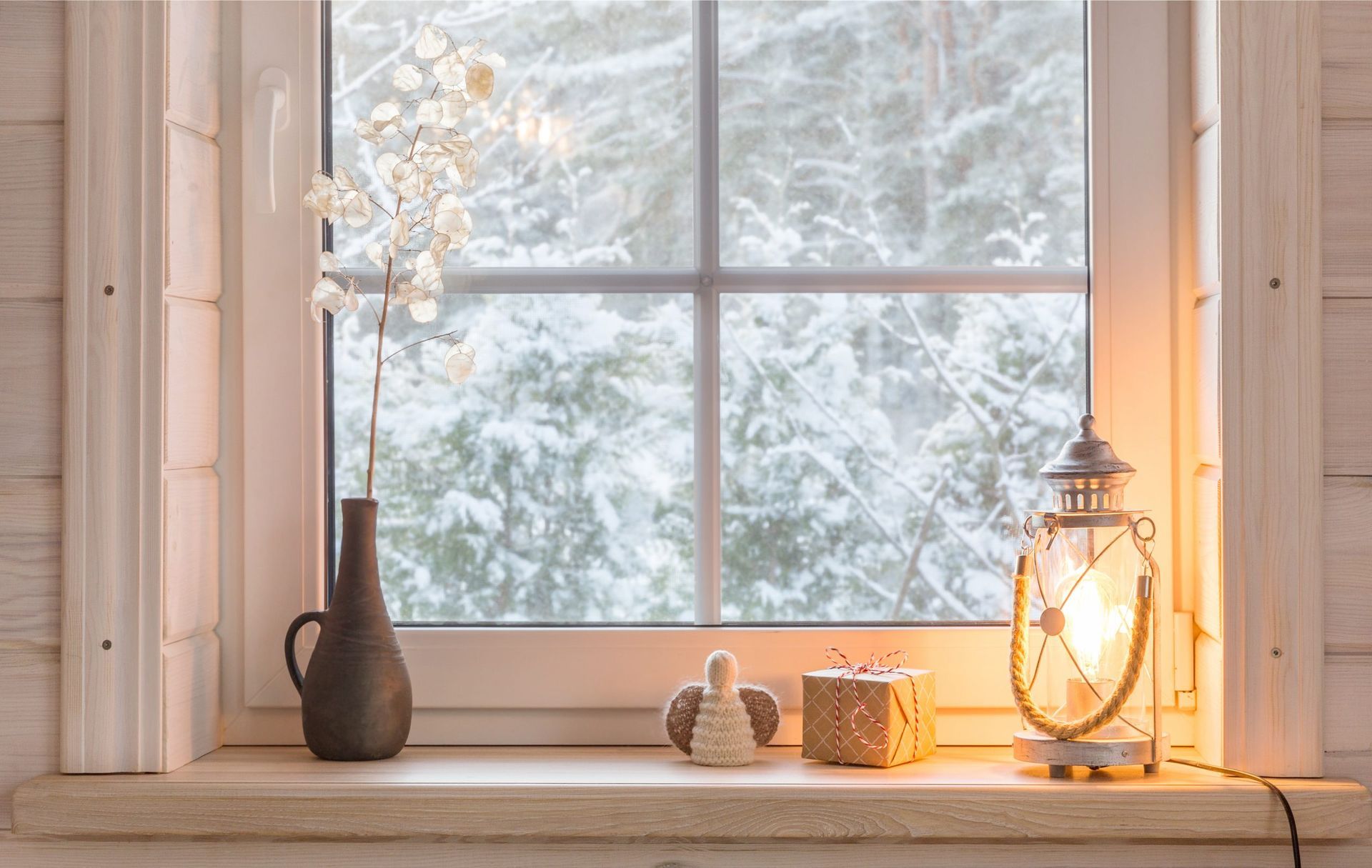Understanding and Controlling Indoor Humidity
July 30, 2020

The hottest time of year is upon us, and we all know how uncomfortable Minnesota’s humidity can be. Our home should be a cool, comfy escape on hot summer days. To help, we put together this guide to understanding and controlling indoor humidity.
Understanding the Basics: Humidity Vs. Relative Humidity
Simply put, humidity measures the amount of water vapor in the air. However, since warm air can retain more moisture than cold air, we look at relative humidity (RH): the amount of water vapor present relative to the total amount the air can hold at the given temperature. RH illustrates how the air actually feels and affects our comfort. The ideal RH for a home is typically between 40 and 60 percent.
Methods for Controlling Indoor Humidity
Essentially, high levels of indoor RH occur when excess moisture enters the home but can’t escape. Use these tips for controlling indoor humidity and keep your home cool and cozy this summer.
Run Your Air Conditioner
By replacing warm air with cooler air, A/C systems naturally reduce indoor humidity. Again, cool air retains less moisture, so running your air conditioner helps decrease RH in the home.
Don’t Introduce Extra Moisture to the Air
More moisture means more humidity. Certain everyday activities naturally release moisture in the air and should be altered to control RH:
- Avoid meals that require boiling water, or at least cover the pot whenever possible. Use the kitchen exhaust fan when cooking.
- Take colder, shorter showers to avoid the steam of hot water, and run your exhaust fan during and for 5 to 10 minutes afterwards.
- Hang laundry outside to dry so the evaporated moisture doesn’t get trapped in the home.
Provide Proper Ventilation & Exhaust
Remember, higher humidity happens when moisture can’t escape, so make sure that it can:
- On nice days, open up the windows to let stale, humid air out and fresh air in.
- Change or clean your HVAC system’s filter monthly for optimal cooling and ventilation.
- Ensure laundry, kitchen, and bathroom exhaust fans are clear of dust and debris.
- Schedule an A/C tune-up with your local HVAC specialist to ensure your system runs at peak performance.
Fix Plumbing Leaks
Leaky pipes and fixtures can damage your home and also add moisture to the air, so get them fixed ASAP. Warning signs include water stains on ceilings or walls, wet spots, and irregularly high water bills. You can also wrap exposed pipes with insulators to prevent condensation.
Seal Leaks in Ductwork
Well designed, properly installed ductwork distributes air evenly throughout the home. Leaks create a pressure imbalance and can let humid air in or cold air out. Have your ducts professionally cleaned and inspected to make sure your system circulates air properly.
HVAC Solutions
Humidity can crack or warp wood, promote rot in the home’s structure over time, and increase accumulation of dust and other irritants to asthma and allergy sufferers. Luckily, there are supplemental HVAC solutions to consider if indoor humidity is a big concern:
- Whole house dehumidifiers work in conjunction with your HVAC system to remove excess moisture.
- Portable dehumidifiers can be placed in bathrooms, basements, and other specific locations known to house extra moisture.
- Air exchangers exhaust excess humidity and stale indoor air and deliver filtered outdoor air inside simultaneously.
As we use our homes as a welcome escape from the heat, clean and cool air becomes a must. Use this guide to controlling indoor humidity to keep your family comfy throughout the dog days of summer. And remember to rely on the residential HVAC experts for all your air conditioning and indoor air quality needs.
Contact us today to schedule service and learn more.
Search Blog Posts
Categories



